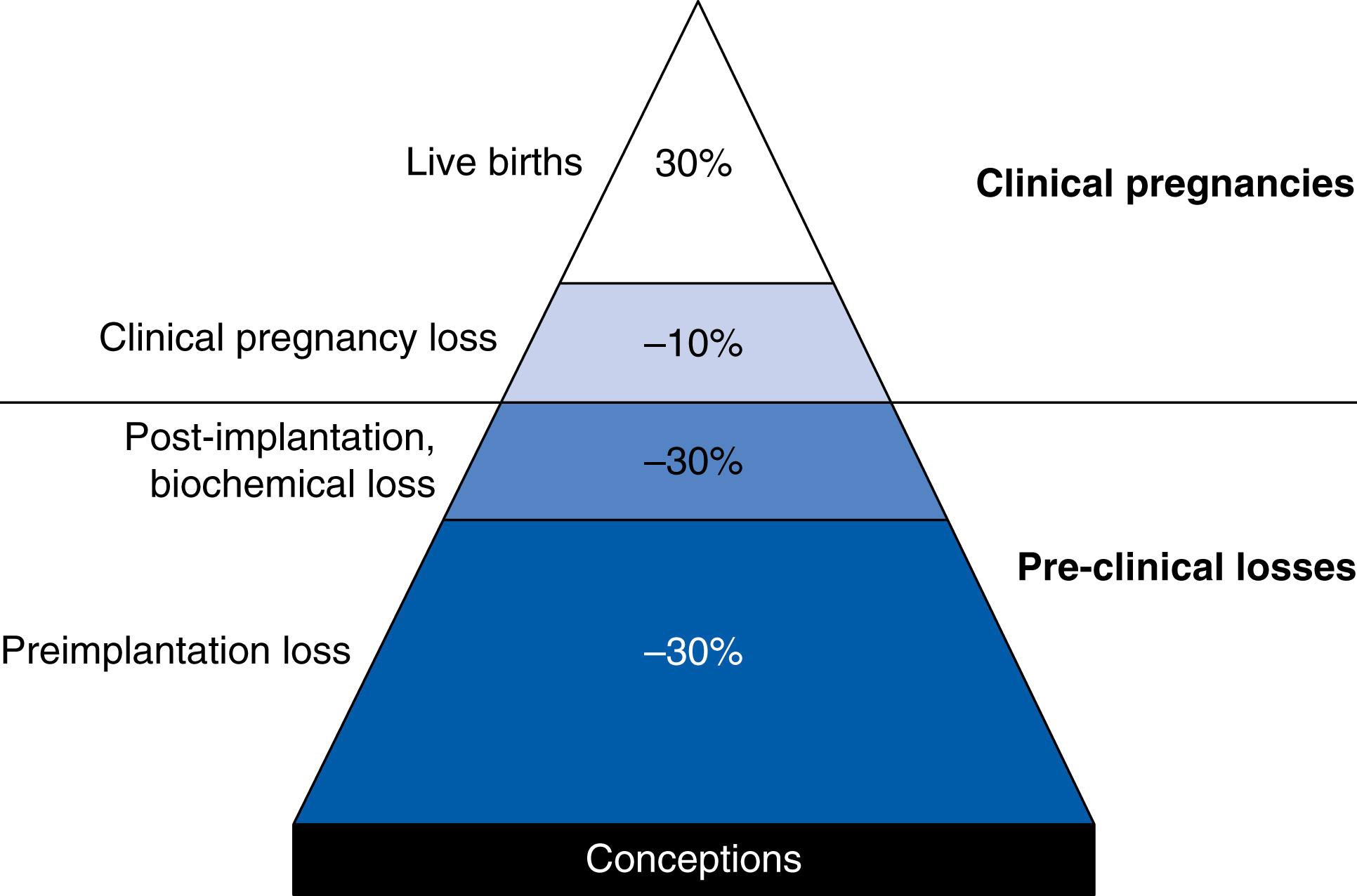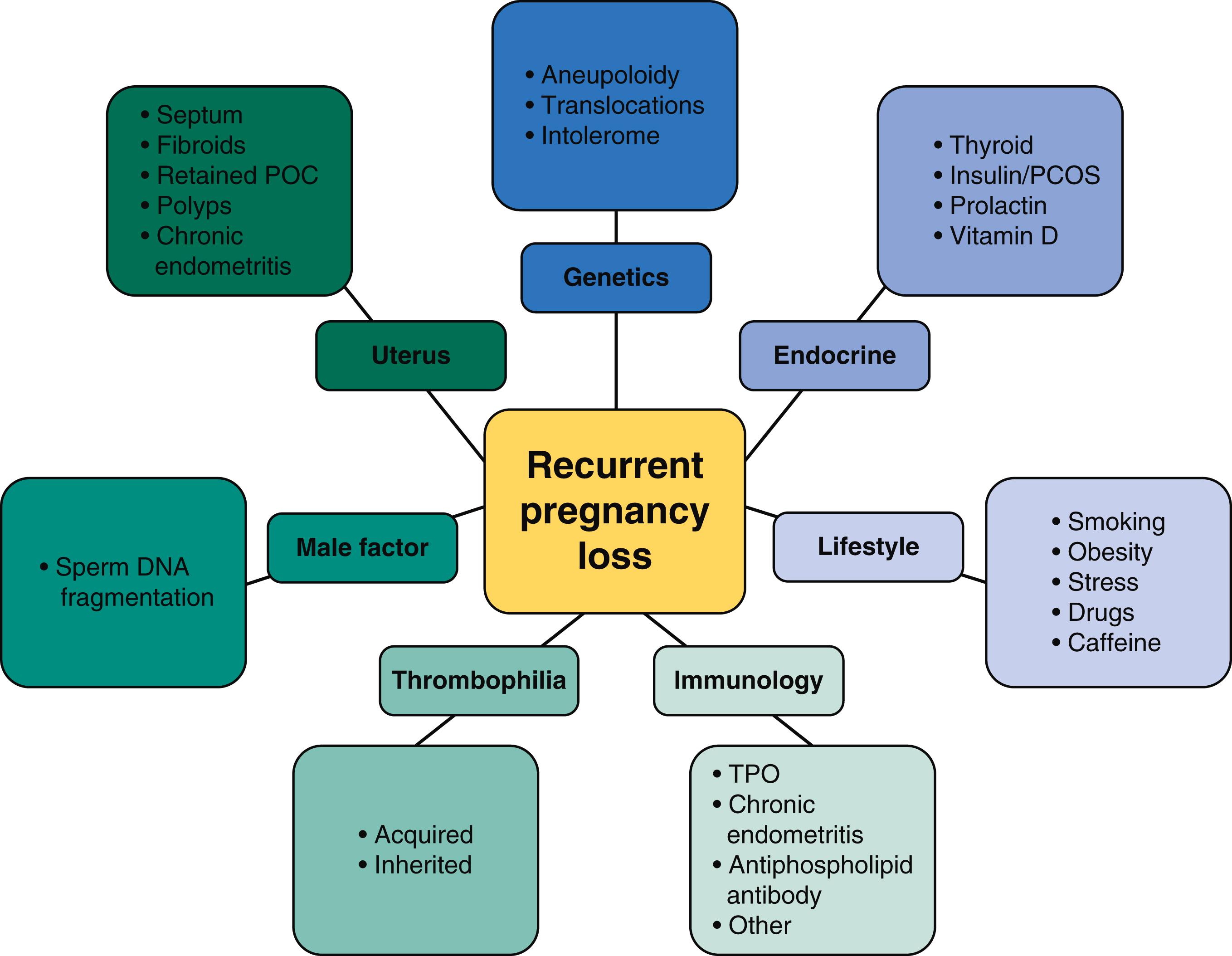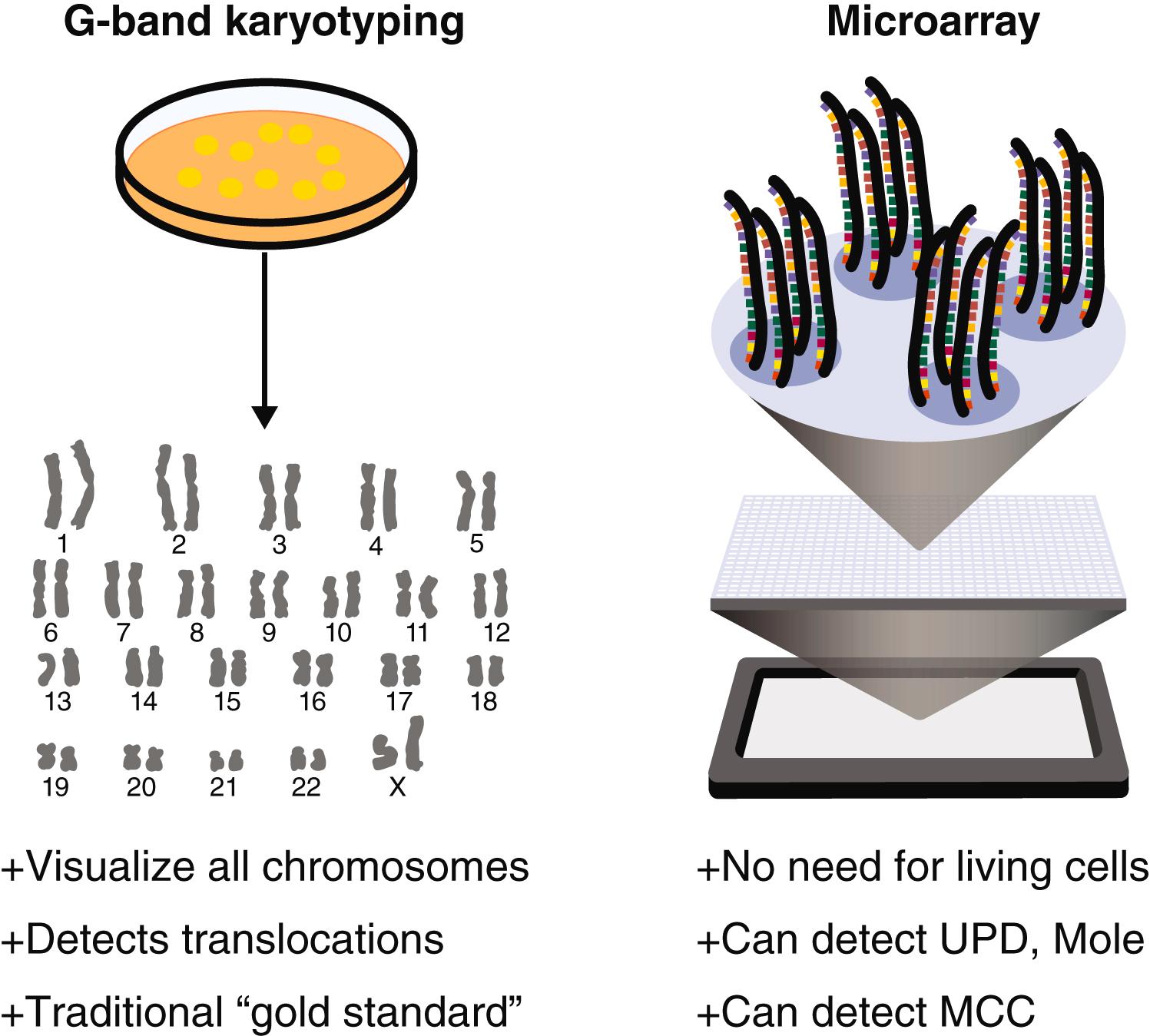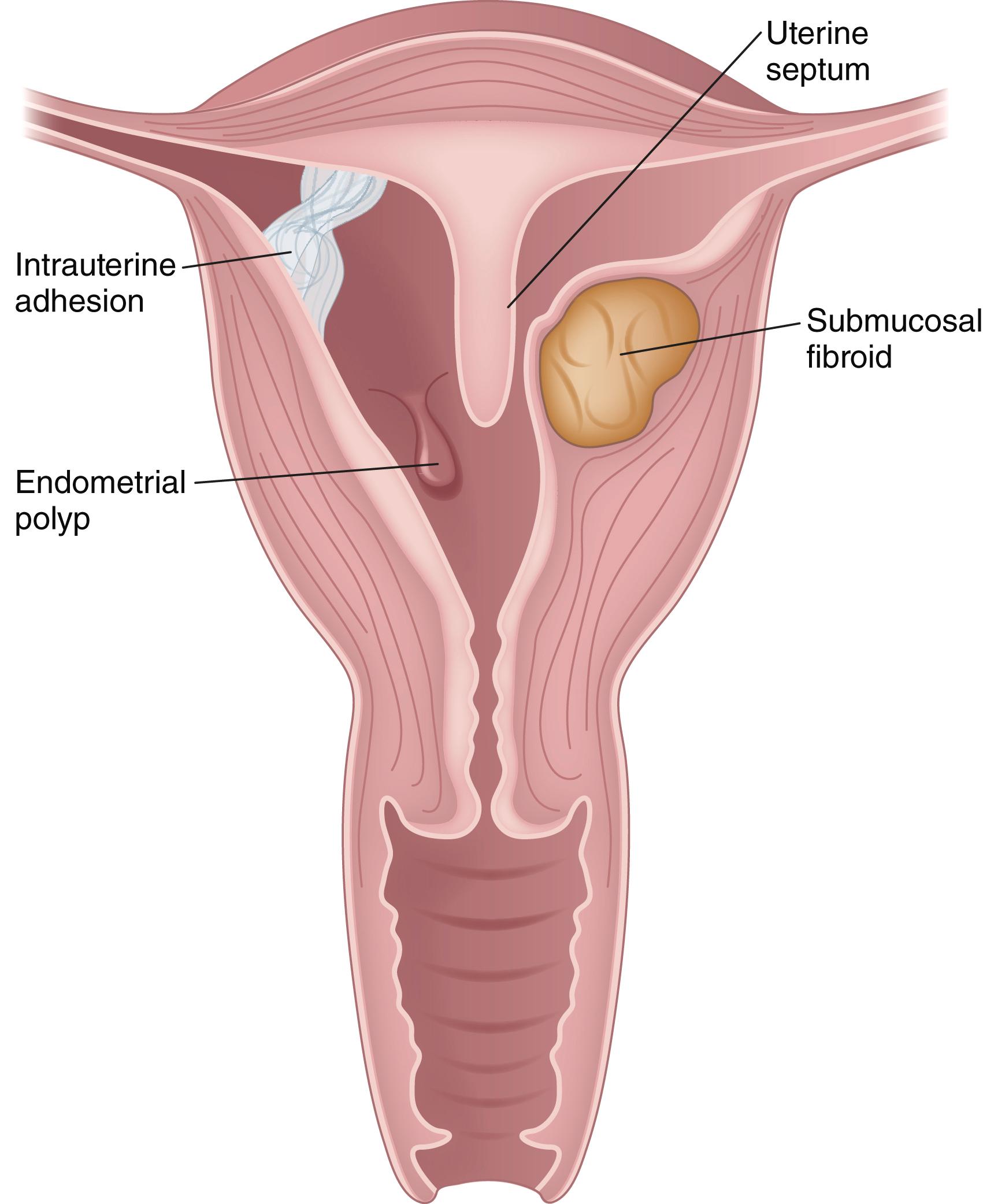Physical Address
304 North Cardinal St.
Dorchester Center, MA 02124
Pregnancy loss (PL) refers to the spontaneous demise of a pregnancy before reaching viability. Definitions for recurrent pregnancy loss (RPL) vary between two and three losses, and whether confirmation by ultrasonography or histopathology is required. , A clinical investigation into RPL is usually initiated after two failed clinical pregnancies, defined as the presence of an elevated hCG and ultrasound confirmation of a gestational sac. However, after any pregnancy loss a careful review to determine whether a specific evaluation of the woman or couple may be warranted. Pregnancy documentation by ultrasonography or histopathologic examination is also no longer required in the definition of RPL, as nonvisualized pregnancy losses appear to have the same negative predictive value for future live birth as clinical losses. Primary RPL refers to women who have never carried a pregnancy to viability and carries a worse prognosis than secondary RPL (those who have had a live birth or pregnancy progressing beyond 24 weeks).
Pregnancy loss is common, affecting approximately 8%–15% of clinically recognized pregnancies. An additional 30% of conceptions result in implantation failure and 30% will result in a preclinical loss. Thus, ∼70% of all conceptions are lost prior to birth ( Fig. 28.1 ). Many women will experience a pregnancy loss; a study of over 53,000 parous women reported that 43% experienced one or more prior first-trimester pregnancy losses. While sporadic pregnancy loss is common, fewer than 5% of women will experience two consecutive pregnancy losses, and less than 1% experience three or more pregnancy losses.

Pregnancy loss, especially when recurrent, is an emotionally traumatic experience for women and their partners. For many couples, pregnancy loss equates to a stillbirth or neonatal death. Feelings of loss and grief and a sense of personal failure are common. The public frequently underestimates the prevalence of pregnancy loss, with the majority believing that it occurs in 5% or fewer of all pregnancies. The public also misunderstands the causes of pregnancy loss, with many believing that a stressful event or act such as lifting a heavy object is the reason for the pregnancy loss. These widespread public misconceptions can leave individuals who have suffered a loss feeling guilty, isolated, and alone. Providers should provide support for couples after a pregnancy loss and acknowledge that their reactions are normal and understandable.
For a pregnancy to successfully result in a live birth, a remarkable number of developmental events must occur both in the embryo/fetus and mother; failure or deficiencies in any of these can result in a pregnancy loss. Thus, the evaluation and management of a couple with RPL is based on a careful and systematic evaluation of those factors that can contribute to the loss and targeted treatment for an identified cause ( Fig. 28.2 ).

Current recommendations on the evaluation and management of RPL are largely based upon clinical experience, expert opinion, and data from observational studies. High-quality data on etiologies and therapeutic interventions in RPL are limited. Meta-analysis evaluating the efficacy of RPL treatments pool heterogeneous patient populations with varying definitions of RPL, differing diagnostic thresholds for what is normal and abnormal, and different control groups. Large randomized controlled trials (RCTs) with proper selection of patients, exclusion of aneuploid losses and long-term follow-up are needed. Using the available evidence, societies including the American Society for Reproductive Medicine (ASRM) and the European Society for Human Reproduction and Embryology (ESHRE) have developed recommendations to help guide clinicians in their evaluation and management of RPL patients. ,
Aneuploidy accounts for up to 67% of first-trimester pregnancy losses in RPL couples. While RPL has historically been attributed to nongenetic causes, a significant proportion of RPL may be associated with structural or numerical chromosomal abnormalities. Aneuploidy is a common finding in both sporadic and recurrent pregnancy losses. In an analysis of over 8000 products of conception by comprehensive microarray analysis, 66% of the abnormalities found were either single or multiple trisomies (with the most common being trisomy 16, which accounted for 24% of trisomic samples), 11% were monosomy X, and 12% were triploid. A 2020 meta-analysis of 55 studies found no difference in the prevalence of chromosomal abnormalities between women with a single or recurrent pregnancy loss (46% in both groups), though the prevalence did differ based on the aneuploidy testing method.
Patients with RPL with a previous euploid loss are at an increased risk for a subsequent euploid loss. For example, Hassold describes 21 cases in which the first loss was chromosomally normal and the subsequent loss was normal as well. Alternatively, if the karyotype of the loss is abnormal, studies have not consistently demonstrated an increased risk of chromosome abnormality in the next pregnancy. Warburton and colleagues found no increased risk of chromosome abnormality in the next pregnancy if the prior loss had a trisomy or when the parental karyotypes were normal. Thus, distinguishing whether the loss was due to a chromosomal abnormality or another underlying factor is important for risk stratification and evaluation of further testing and treatment options.
Because of the central role of aneuploidy in the assessment of pregnancy loss, ASRM and the American College of Obstetricians and Gynecologists (ACOG) recommend chromosomal evaluation of products of conception samples as part of the clinical evaluation of couples with RPL. , Chromosomally abnormal pregnancies (e.g., trisomy 7 and triploidies) are less likely to grow in culture required for conventional karyotypes; thus results of aneuploidy frequency from studies using conventional karyotypes may be skewed. Alternatively, chromosomal microarray analysis (CMA) using single-nucleotide polymorphism (SNP)–based arrays does not require dividing cells, thus being more likely to yield interpretable results. In some cases, karyotype analysis of the pregnancy loss indicates a normal chromosomal pattern, but more detailed CMA demonstrates major abnormalities. For these reasons, ESHRE advises CMA over karyotype ( Fig. 28.3 ). CMA can also be performed on DNA from fresh tissue samples as well as extracted from formalin-fixed and paraffin-embedded (FFPE) tissues. “Rescue Karyotyping” refers to the cytogenetic evaluation of archived POCs that have been formalin-fixed and paraffin-embedded and may be useful in cases where tissue has been collected but not cytogenetically tested. Using CMA, a retrospective study of over 7000 POC samples successfully analyzed 92% of fresh tissue samples and 86% of formalin-fixed paraffin-embedded tissues. Clinically significant abnormalities were identified in 53.7% of specimens (3975 of 7396), 94% of which were considered causative of pregnancy loss.

While most chromosomal abnormalities in the embryo arise de novo, the abnormality may rarely be inherited from a parent. In couples with RPL, 3%–5% have a major chromosomal rearrangement (as opposed to 0.7% of the general population). A review of cytogenetic results from 79 published studies of RPL couples ( n = 8208 women and 7834 men) showed that the overall prevalence of major parental chromosome abnormalities was 2.9%. Approximately 50% of these rearrangements were balanced translocations, 25% were Robertsonian translocations, and another 12% were female sex chromosome mosaicism. The remainder of major chromosomal rearrangements were either inversions or other types of sporadic abnormalities. Karyotype remains the standard for parents since microarray may not detect balanced translocations. Balanced translocations are more common in women than in men. However, even if an abnormal parental karyotype is identified, it may not be the cause of the RPL ; therefore, a complete evaluation for other potential causes of RPL should be undertaken. The likelihood that RPL is related to parental chromosome rearrangement appears to be higher if maternal age is less than 33 at second pregnancy loss, if there is a history of three or more losses, or if there is a history of two or more losses in a sibling or the parents of either partner.
Genetic counseling is recommended when a parental structural genetic factor is identified. The likelihood of subsequent live birth depends on the chromosome(s) involved and the type of rearrangement. The rate of live births from couples with a balanced parental rearrangement is higher than would be expected using mathematical modeling. Large studies have shown spontaneous live birth rates of up to 71% in carriers of a structural rearrangement. For those with underlying genetic abnormalities, preimplantation genetic testing (PGT) has been proposed to optimize the live birth rate and avoid the transfer and implantation of an affected embryo. , This approach shows promise but currently lacks supporting evidence. A systematic review of 20 studies, which included 847 RPL couples with chromosomal abnormalities, found comparable live birth rates among couples who conceived naturally (LBR 25; 71%) compared with couples who underwent IVF with PGT (LBR 26.7; 87%). Time to next conception and pregnancy loss rates were similar as well. RPL patients with structural chromosomal rearrangements should be counseled that good reproductive outcomes can be achieved through natural conception.
Aneuploidy is defined as the gain or loss of a chromosome. Genetic material can be gained or lost in smaller quantities as well. Deletions and duplications larger than approximately 5–10 MB can be identified using karyotype. However, smaller gains or losses (microdeletions or microduplications) are detectable using microarray. These submicroscopic chromosomal changes are also referred to as DNA copy number variants (CNV). CNVs are more likely to be clinically significant when they are larger and include genes described in the Online Mendelian Inheritance in Man (OMIM) database. In a study of 26 pregnancy losses from couples with unexplained RPL, including a normal parental karyotype, microarray identified 11 unique CNVs, 2 of which involved the TIMP2 and CTNNA3 genes, which are imprinted and usually only expressed in the placenta. Whether these or other identified CNVs are related to pregnancy loss or RPL is still unknown.
Single-gene, X-linked, and polygenic/multifactorial disorders have also been linked to sporadic and recurrent loss. There appears to be an increased risk of RPL in first-degree relatives of women with unexplained RPL. A 2020 case-control study of 32,565 women found that those with recurrent pregnancy loss were more likely to be born to a mother with a history of pregnancy loss (adjusted odds ratio 1.25; 95% confidence interval, 1.04; 1.49). Couples may possess characteristics (such as inherited disposition or tendency to particular environmental) or lifestyle factors that increase the risk of pregnancy loss.
Couples with RPL may harbor lethal genes in a heterozygous or balanced combination that does not affect them but causes pregnancy loss when inherited by the embryo in a homozygous or unbalanced state. Similarly, an X-linked condition may not cause disease or may result in a mild disease in heterozygous females but can be lethal in males because of the lack of a normal compensatory gene. Skewed X inactivation has also been hypothesized as a genetic cause of RPL, but studies are conflicting. The X chromosome is unique among all chromosomes in that it undergoes transcriptional silencing so that only one of the two X chromosomes in female cells is active. Normal inactivation is believed to be both random and cell-autonomous. All women are therefore mosaic, with approximately half of all cells using the paternally-derived X and the other half using the maternal X chromosome. Some women do not show this random pattern of X chromosome inactivation but instead a preferential expression of one parent’s X chromosome (skewed X chromosome inactivation). Case reports have described families with high rates of pregnancy loss and X chromosome mutations associated with skewed X-inactivation. However, subsequent studies have not found this association, and instead skewed X-inactivation is associated with increasing maternal age.
Several genetic mutations involved in immune dysfunction, coagulation defects, metabolism, and angiogenesis have also been associated with unexplained RPL. Studies that have investigated human leukocyte antigen (HLA) haplotypes found that sisters who shared the same HLA haplotype had higher rates of pregnancy loss. , Genetic polymorphisms of the vascular endothelial growth factor (VEGF) have also been linked to RPL. Serum markers of endothelial dysfunction are increased in nonpregnant women with a history of RPL or severe preeclampsia. Women with RPL may have an inherited predisposition to endothelial dysfunction that could affect the vasculature of the placenta and the process of implantation. Annexin 5, a protein coded by the ANXA5 gene, is an anticoagulant expressed at the maternal/fetal interface. In the M2/ANXA5 haplotype, four variants in the annexin 5 gene are inherited together. Some studies have associated the M2 haplotype with RPL, , although other studies have shown conflicting results. At present, routine genetic screening for the M2 haplotype is not recommended. Other areas under active investigation include gene polymorphisms in the progesterone receptor. , Genetic variations may require interaction with other exposures or environmental factors to cause a pregnancy loss, as is the case with contributing polymorphisms in multifactorial conditions such as hypertension.
Single-gene disorders have historically been difficult to identify in pregnancy losses as they are not detected by either karyotype or microarray. Whole exome and genome sequencing can detect single gene abnormalities. This has resulted in the identification of hundreds of genes that may contribute to pregnancy loss. , , Most of these studies are limited by small sample size (the vast majority include <200 cases) and have identified largely inconsistent results. A large genome-wide association study of over 69,054 cases of sporadic pregnancy loss and 750 cases of recurrent pregnancy loss failed to replicate findings from previous smaller candidate gene studies. Screening for these genes is not clinically helpful at present because the reported associations are generally weak or moderate.
Women with RPL have a higher prevalence of congenital uterine anomalies compared to the general fertile population (12.6% versus 4.3%) ( Fig. 28.4 ). A uterine septum is the most common type of uterine anomaly and is associated with the worst reproductive outcomes. While there are currently no RCTs comparing hysteroscopic metroplasty with expectant management, several prospective studies have shown a benefit in reducing pregnancy loss. , Uterine septa are composed of fibromuscular tissue with decreased blood supply which subsequently affects both implantation and embryo growth in the first trimester. Other congenital anomalies associated with pregnancy loss include unicornuate, didelphys, bicornuate, and arcuate uterus, but their role in first-trimester RPL remains debatable.

Women with RPL also have a higher prevalence of other uterine malformations, such as submucosal myomas, endometrial polyps, and intrauterine adhesions, but clinical relevance to pregnancy loss is still unclear ( Fig. 28.4 ). , Pregnancy loss may result from insufficient endometrium to support fetal placental growth. Women with RPL may be more susceptible to developing intrauterine adhesions due to previous dilation and curettages procedures for the treatment of prior losses. , Submucosal fibroids that protrude into and distort the endometrial cavity may also increase the risk of pregnancy loss due to abnormal vascularization, impaired uterine contractility, and rapid distention of the uterus early in pregnancy.
Women undergoing evaluation for RPL should have a uterine cavity assessment. Different imaging modalities may be used to evaluate the uterus, including sonohysterography, hysterosalpingogram, transvaginal ultrasound, or diagnostic hysteroscopy. Magnetic resonance imaging (MRI) and three-dimensional transvaginal ultrasonography can help further characterize a suspected uterine anomaly.
Treatment is dependent on the type of uterine anomaly. Hysteroscopic septum incision or metroplasty has been associated with better pregnancy outcomes in RPL patients in noncontrolled and observational studies. Uterine reconstruction for other congenital anomalies is not recommended. Myomectomy may be offered to women with RPL and a submucosal or cavity distorting fibroid. While some studies suggest a beneficial effect on pregnancy outcomes postmyomectomy, there is no conclusive evidence that surgical treatment reduces the risk of pregnancy loss in RPL women. Furthermore, uterine surgeries such as hysteroscopic myomectomy are associated with the formation of intrauterine adhesions, which may affect future pregnancies and require further treatment.
Hysteroscopic lysis of adhesions should be performed with the goal of restoring the size and shape of the uterine cavity (intrauterine adhesions; see Chapter 26 ). Unfortunately, adhesion recurrence rates may be as high as 30% after surgical lysis. Postlysis management approaches include second-look hysteroscopy, mechanical barriers such as intrauterine pediatric balloon or regenerated cellulose barriers, or postoperative treatment with estrogen and timed progestin therapy. No single method for adhesion prevention has been shown to be superior.
Chronic endometritis (CE) is inflammation in the endometrial lining characterized by plasma cell infiltrate that has been associated with both recurrent implantation failure and pregnancy loss. The prevalence of chronic endometritis in RPL women ranges from 9% to 68%. This large range is a result of varying detection methods and criteria for diagnosis. Chronic endometritis may be diagnosed at the time of hysteroscopy based on direct observation of mucosal edema, focal or diffuse endometrial hyperemia, or the presence of micropolyps. The histological diagnosis of chronic endometritis is based on the number of plasma cells in the endometrial stroma and antibodies to CD138. However, the percentage of plasma cells needed to diagnose chronic endometritis or be of clinical significance is unknown. Empiric antimicrobial therapy may resolve chronic endometritis on repeat endometrial biopsy and small studies suggest an improvement in live birth rate. , Further studies are still needed to determine the clinical significance of chronic endometritis and the effect of its treatment on pregnancy outcomes.
Become a Clinical Tree membership for Full access and enjoy Unlimited articles
If you are a member. Log in here